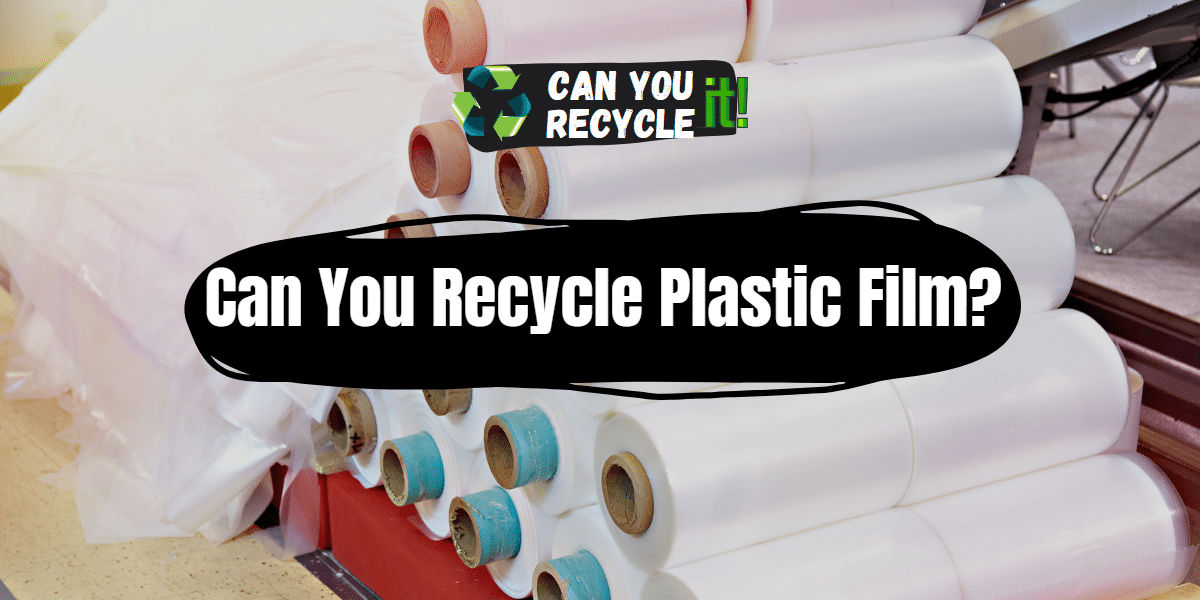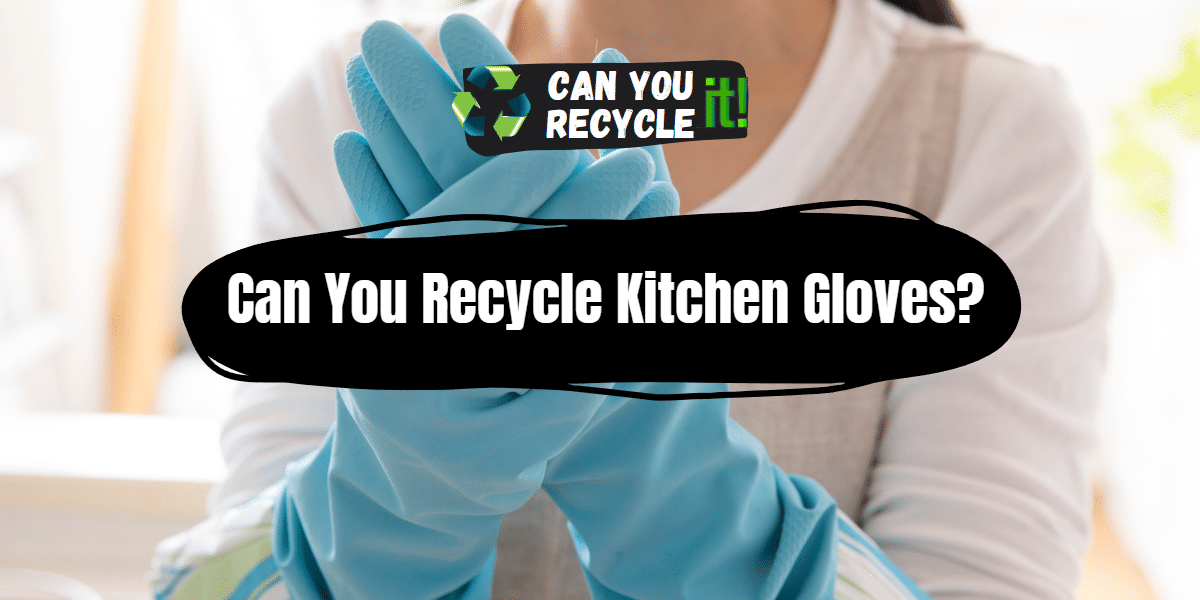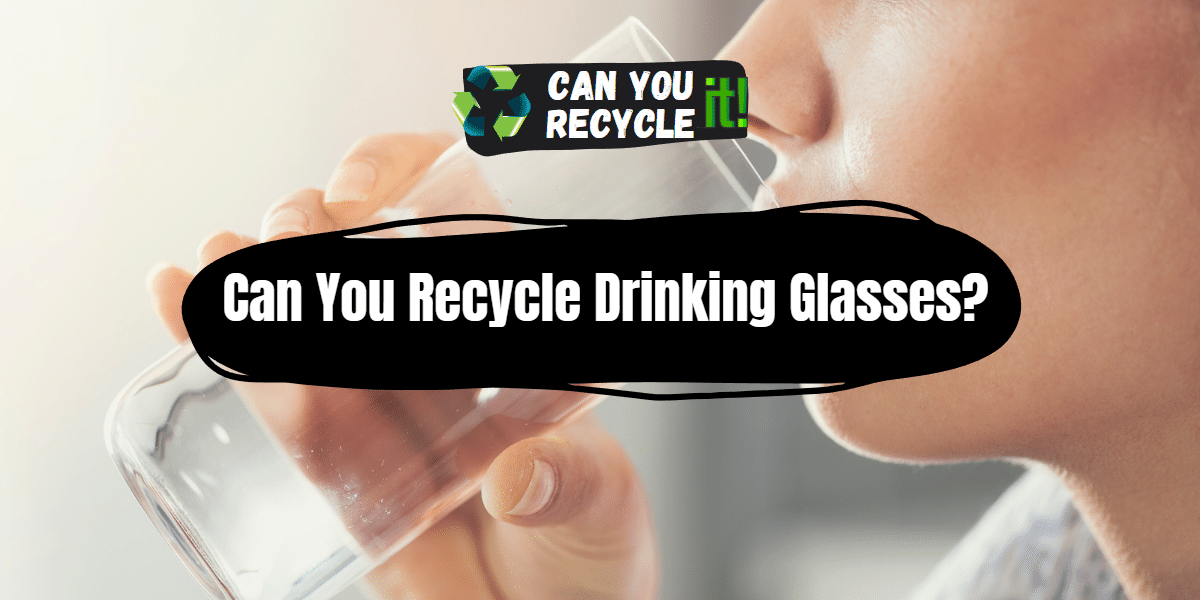Yes, plastic film can be recycled, but it requires proper handling and attention to specific guidelines.
Plastic film is a versatile material used in various applications, including packaging, shopping bags, and product wrapping. As our awareness of environmental issues grows, the question of whether plastic film can be recycled arises. In this article, we will delve into the topic and explore the dos and don’ts of plastic film recycling, how to prepare it for recycling, what to do with a film that cannot be recycled, the environmental impact of recycling plastic film, answer some frequently asked questions, and share final thoughts on the matter.
Table of Contents
Do’s and Don’ts
When it comes to recycling plastic film, there are some dos and don’ts to keep in mind:
Dos
- Check with your local recycling program: Different recycling programs have varying guidelines on what types of plastic film they accept. Contact your local recycling center or visit their website to find out the specific requirements.
- Clean and dry the film: Make sure the plastic film is clean and dry before recycling it. Remove any residue or food particles, as contamination can affect the recycling process.
- Clean and dry the film: Make sure the plastic film is clean and dry before recycling it. Remove any residue or food particles, as contamination can affect the recycling process.
- Bundle or bag the film: If your recycling program accepts plastic film, bundle it together or place it in a clear plastic bag before dropping it off for recycling.
Don’ts
- Include non-recyclable film: Not all plastic film can be recycled, so avoid including materials like bubble wrap, foam packaging, or film contaminated with food waste.
- Place film in curbside bins: In most cases, plastic film should not be placed in curbside recycling bins. It can get tangled in sorting machinery and cause issues in the recycling process.
- Wrap plastic film around other recyclables: Avoid wrapping plastic film around other recyclables like newspapers or cardboard boxes. Instead, recycle film separately.
How to Prepare Plastic Film for Recycling
To prepare the plastic film for recycling, follow these steps:
- Include non-recyclable film: Not all plastic film can be recycled, so avoid including materials like bubble wrap, foam packaging, or film contaminated with food waste.
- Clean the film: Ensure the plastic film is free from any residue or food particles. Wipe it down with a damp cloth or rinse it with water if necessary. Dry the film thoroughly before recycling.
- Remove any labels or stickers: Peel off any labels or stickers from the plastic film. These materials can interfere with the recycling process and should be discarded separately.
- Bundle or bag the film: Bundle the plastic film together or place it in a clear plastic bag. This helps keep it contained and prevents it from getting tangled during the recycling process.
- Drop off the film for recycling: Take the prepared plastic film to a designated recycling collection point. Many grocery stores and recycling centers have specific containers for plastic film recycling. Follow the instructions provided at the collection point.
5-Step Guide to Recycle Paper Tissues
Recycling plastic film follows a straightforward process. Here is a five-step guide to help you navigate plastic film recycling successfully:
Step 1
Check recycling guidelines: Review the recycling guidelines provided by your local recycling program. Identify the types of plastic film they accept and any specific preparation instructions.
Step 2
Gather plastic film: Collect all the plastic film you wish to recycle. Remember to separate it from other recyclables to prevent contamination.
Step 3
Clean and dry: Clean the plastic film, removing any debris or residue. Ensure it is scorched before continuing the recycling process.
Step 4
Bundle or bag the film: Bundle the plastic film together or place it in a clear plastic bag. This step makes handling easier and prevents it from becoming entangled during recycling.
Step 5
Drop off at collection point: Take the prepared plastic film to a designated collection point. Look for recycling bins at grocery stores, recycling centers, or other facilities. Follow any instructions provided on-site for proper disposal.
By following these five steps, you can contribute to plastic film recycling and help reduce its impact on the environment.
What to Do with Plastic Film That Cannot Be Recycled
While many types of plastic film can be recycled, there are instances when certain films cannot go through the recycling process. In such cases, it’s crucial to find alternative ways to manage this material:
- Reuse: Consider reusing plastic film whenever possible. For example, you can use it as a protective covering for furniture or donate it to local businesses that may have a use for it.
- Dispose of it properly: If the plastic film is not recyclable and cannot be reused, dispose of it in the appropriate waste bin. Check with your local waste management authorities for guidance on proper disposal methods.
- Explore specialized recycling: Some companies specialize in recycling specific types of plastic film that regular recycling programs may not accept. Research if any local or regional facilities can handle these materials.
- Reduce consumption: The best way to manage plastic film is by reducing its consumption. Opt for reusable bags or containers, and choose products with minimal packaging whenever possible.
Remember, every effort counts in reducing plastic waste, even if recycling options for certain types of plastic film are limited.
Environmental Impact of Plastic Film Recycling
Recycling plastic film has several positive environmental impacts. By diverting film from landfills and incineration, we can:
- Conservation of resources: Recycling plastic film reduces the need for virgin plastic production. This conserves natural resources such as petroleum, which is the raw material used in plastic film manufacturing.
- Energy savings: The recycling process consumes less energy compared to producing a new plastic film. By recycling, we can save energy and reduce greenhouse gas emissions.
- Reduced landfill waste: Plastic film, when disposed of in landfills, takes a significant amount of time to break down. Recycling prevents it from contributing to landfill waste, reducing the strain on these already limited spaces.
- Prevention of pollution: Improperly disposed plastic film can end up in waterways, harming marine life and polluting ecosystems. Recycling helps prevent such pollution by ensuring that plastic film is managed responsibly.
Recycling plastic film is an essential step toward creating a more sustainable future. By being mindful of our plastic consumption and recycling habits, we can positively impact the environment.
FAQs for Can you Recycle Plastic Film
Can I recycle plastic film at home?
Cycling plastic film at home is usually impossible through curbside programs. However, some recycling centers or specialized facilities may accept plastic film drop-offs. Check with your local recycling program for specific guidelines.
What types of plastic film can be recycled?
Common types of plastic film that can be recycled include grocery bags, bread bags, dry cleaning bags, and some types of product packaging. Always check the guidelines your local recycling program provides to determine which types are accepted.
Can I recycle bubble wrap with plastic film?
Bubble wrap is not typically accepted for recycling plastic film. Bubble wrap can be reused or donated to shipping centers that may have specialized recycling programs for this material.
Why is it important to keep plastic film separate from other recyclables?
Keeping plastic film separate from other recyclables helps prevent contamination. When a plastic film becomes tangled with other materials, recycling becomes difficult. Separating it ensures a higher chance of successful recycling.
Conclusion and Final Thoughts 💭
Recycling plastic film is both possible and essential for environmental conservation. By understanding the dos and don’ts, properly preparing the plastic film for recycling, and being aware of what cannot be recycled, we can all play a part in reducing plastic waste. Remember to check with your local recycling program for specific guidelines and collection points, and always aim to reduce plastic film consumption whenever possible. Together, we can make a difference in protecting our planet for future generations.





Leave a Reply